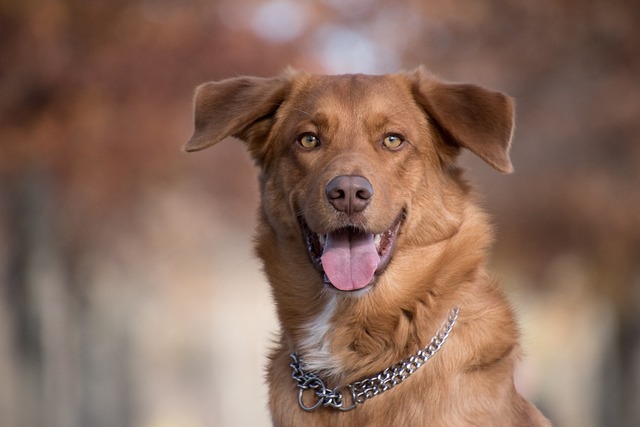
How to prevent dogs from engaging in aggressive behavior towards humans
When a gentle dog suddenly bares its teeth at a passerby or emits a warning growl when a family member approaches,
When you get up in the morning and see the "masterpiece" of the dog on the floor, or when you get home from work and are greeted by the pungent odor and the messy scene, training the dog to relieve itself in one place is a topic that every pet owner cannot avoid. This is not only related to the cleanliness of the home environment but also an important step for the dog to develop good living habits. Looking at the dog's innocent eyes, we both hope that it can learn quickly and worry that improper methods will have the opposite effect on the training. In fact, as long as we master scientific training methods and guide the dog with patience and love, the dog will surely learn to relieve itself in a fixed place and establish a more harmonious living rhythm with the owner.
To successfully train a dog to relieve itself in a fixed place, we first need to understand the dog's physiological habits and behavioral characteristics. Dogs have a natural "cleanliness" and usually do not excrete in the place where they rest and eat. Moreover, they will show some obvious behaviors before excreting, such as constantly sniffing the ground, circling in place, looking around, or suddenly stopping playing. These are the signals that the dog is about to defecate or urinate. Puppies have weak bladder and intestinal control ability and generally need to excrete every 2 to 4 hours. As they grow older, their control ability will gradually increase. Mastering these rules will make us more comfortable in the training.
Preparation is the basis of training. First, choose a suitable place for the dog to relieve itself. This place should be relatively quiet, ventilated, and away from its nest and food bowl to avoid confusing the dog. It can be a corner of the balcony at home, the bathroom, or a fixed area outdoors. Then, prepare a special toilet for the dog, which can be a pet urine pad, a dog toilet, or newspaper. If you choose a urine pad or newspaper, it is best to use an attractant, and its special smell can attract the dog to excrete. After placing the toilet in the selected place, leave some of the dog's previous urine or feces on it to help it get familiar with the smell and make it clear that this is a place where it can excrete.
The training process needs to be gradual, starting from guiding the dog to get familiar with the toilet. In daily life, closely observe the dog's excretion signals. Once you find the dog sniffing, circling, and other behaviors, immediately call it in a gentle tone and gently guide it to the prepared toilet. If the dog successfully defecates or urinates in the toilet, immediately give it enthusiastic praise and rewards. You can stroke it, praise it with an excited tone like "good boy" or "excellent", and give it its favorite snacks as a reward, so that the dog can associate excreting in the toilet with a pleasant experience.
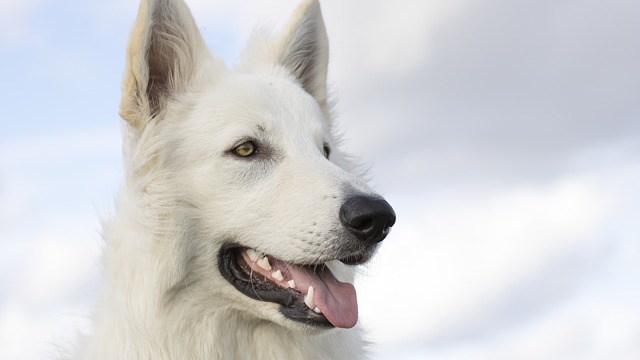
If the dog excretes in the wrong place, never scold or hit it. Because scolding and hitting not only won't make the dog understand its mistake but also make it feel scared. It may even choose to excrete in a more hidden place due to fear, increasing the difficulty of training. At this time, stay calm, quickly clean the scene, and use a special pet deodorant to completely eliminate the smell to avoid the remaining smell attracting the dog to excrete in the same place again. After cleaning, take the dog to the toilet to let it get familiar with the correct place to excrete.
In the early stage of training, the dog may not be able to excrete accurately in the toilet every time. At this time, the owner's patience and persistence are needed. You can use the method of "regular time and fixed place" to assist the training. According to the dog's age and diet rules, take the dog to the toilet at fixed times every day, such as 15 to 30 minutes after a meal, after waking up, and after playing, and let it stay in the toilet for 5 to 10 minutes. Even if the dog does not excrete at first, don't be in a hurry to take it out, but continue to wait until it finishes excreting and then give it a reward. As the training progresses, the dog will gradually form a conditioned reflex and understand when and where it should excrete.
For puppies, you can also improve the training efficiency by restricting their activity range. You can use a fence or a cage to limit the dog's activity area to a small space and place the toilet in this space. Due to the limited space, the dog is more likely to choose to excrete in the toilet to keep the resting area clean. When the dog can stably relieve itself in the toilet in the small space, gradually expand its activity range, but still ensure that the toilet is always in a place that it can easily reach.
Training a dog to relieve itself in one place is a process that requires time and energy. Every progress of the dog, even a small success, is worthy of full affirmation and encouragement from the owner. When you see the dog changing from being confused and disorderly at the beginning to being able to consciously go to the fixed place to excrete, the sense of accomplishment and relief is beyond words. This process not only helps the dog develop good living habits but also deepens the trust and tacit understanding between the owner and the dog. In the days to come, the dog's clean and tidy living habits will bring a more comfortable and warm living experience to both parties, and this training experience will also become a precious memory between the owner and the dog.

When a gentle dog suddenly bares its teeth at a passerby or emits a warning growl when a family member approaches,
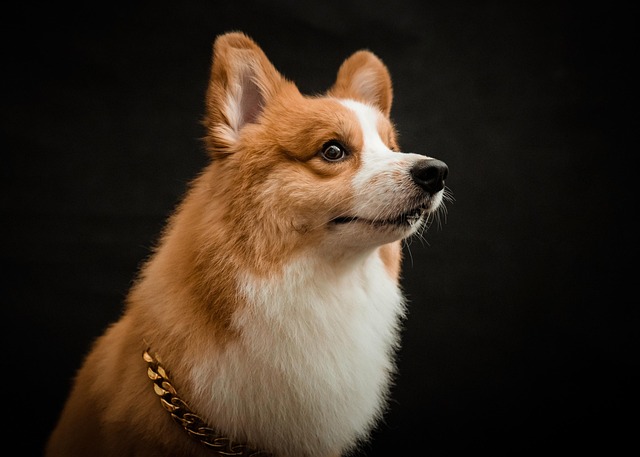
When the owner is looking forward to the dog sleeping peacefully in the airline box, but the dog whimpers, scratches, or avoids the airline box, every pet owner feels helpless and distressed.
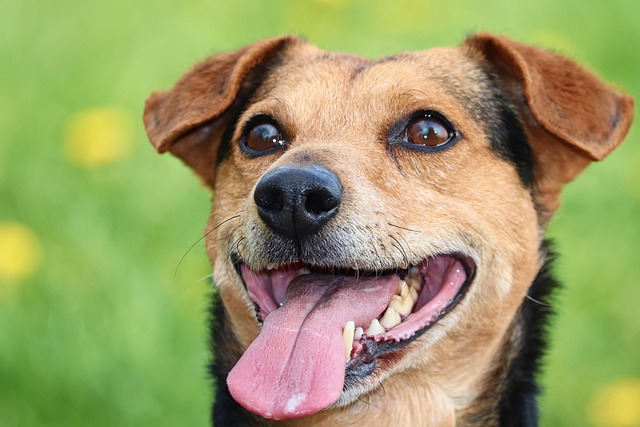
When you finish a busy day and open the door, the dog rushes towards you like a small cannonball, jumps up enthusiastically and pounces on you.
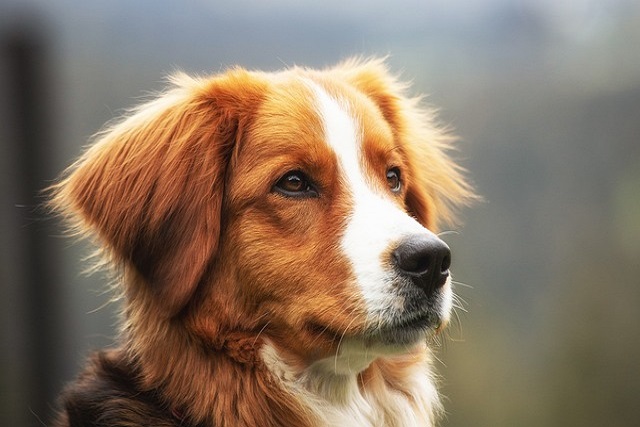
When you carefully pick up the nail clippers and approach the dog, it suddenly bares its teeth, growls, and even tries to struggle and bite you.
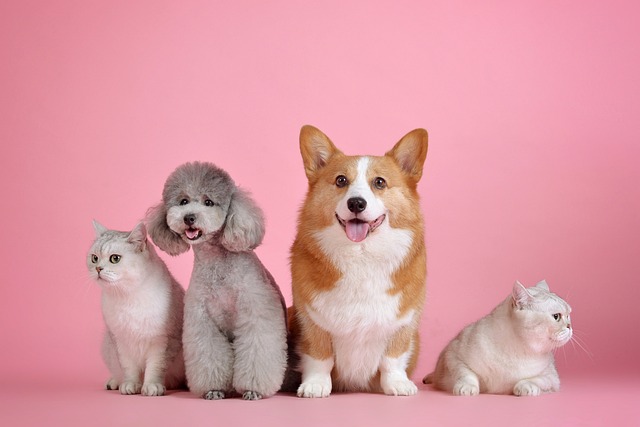
When you happily reach out to hug your dear dog, but suddenly it bares its teeth, growls, or even bites you; or when a child in the family approaches to play
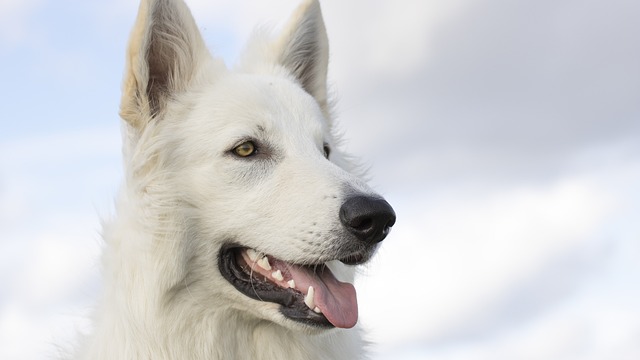
When you get up in the morning and see the "masterpiece" of the dog on the floor, or when you get home from work and are greeted by the pungent odor and the messy scene,